
Health topics
Sports Medicine
Hometown Health Blog

What are your options for shoulder replacement surgery?
When noninvasive approaches don't relieve your shoulder pain, it's time to consult an orthopedic surgeon to discuss if shoulder replacement may be needed to relieve the pain.

Can a quick workout boost your health and fitness?
Can't squeeze a long workout into your day? At-home workouts of 10-15 minutes can effectively boost your health and fitness. Learn about the benefits and how to design your own routine.
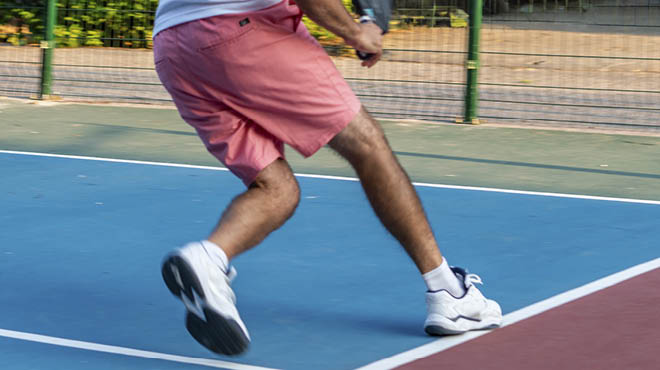
Feel a pop, then pain in your knee? It could be an ACL tear
ACL tears are one of the most common noncontact knee injuries. Learn how they happen, how they're treated and when you can expect to be back to your regular activities.
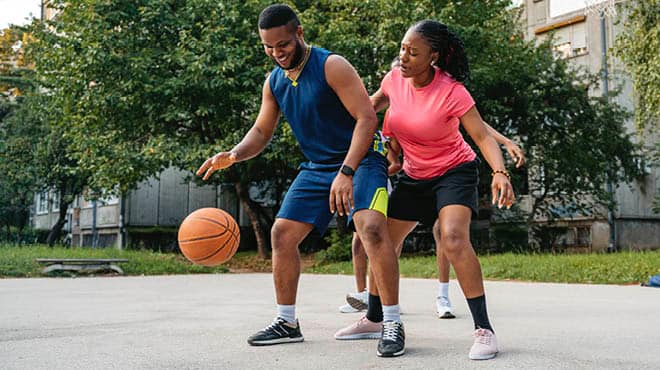
Brace for it: When to use an ankle brace
An ankle injury or arthritis can sideline you from sports and daily activities. Wearing a brace provides support and can get you back on your game. Read about the benefits.
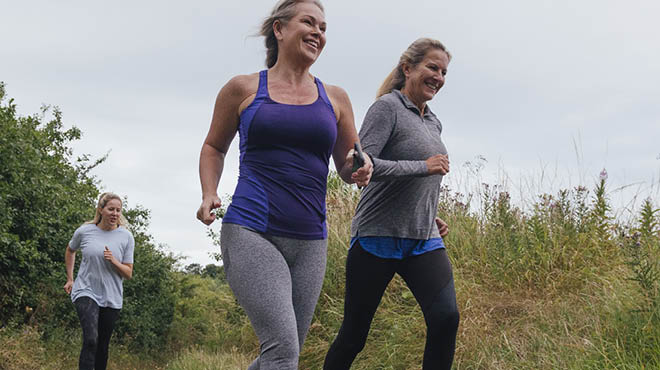
How tapering maximizes your potential on marathon day
Tapering or decreasing the length of your training runs before a race can improve your race-day performance. Learn why and how to design your taper.
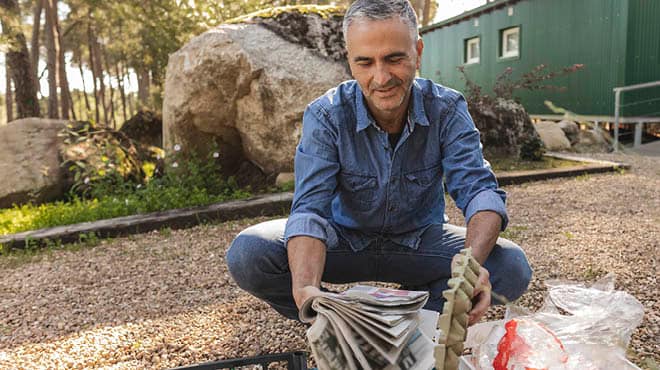
Considering hip replacement? Learn about your surgical options
When nagging hip pain can't be ignored, a total joint replacement may be in your future. Your surgeon may recommend one of these common surgical techniques to get you moving with ease again.

Could you benefit from a sports medicine consult? Check out these top 5 FAQ
Whether you're an athlete, have a physically demanding job or just want to remain as active as possible, learn how a sports medicine professional can help you reach your goals.
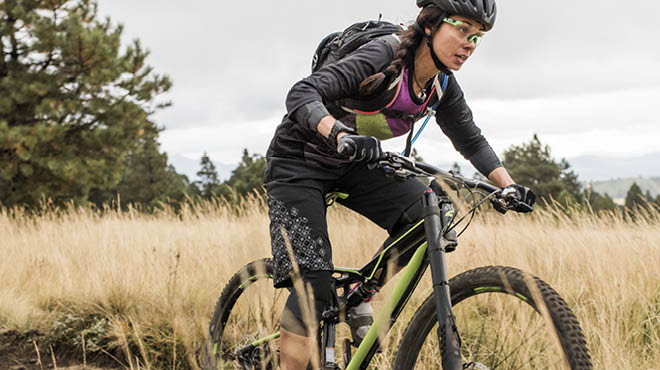
Maximize your running potential with cross-training
Preparing for race day requires logging lots of miles, but cross-training can help reduce injuries, build strength and enhance your performance. Learn how to work it into your training program.
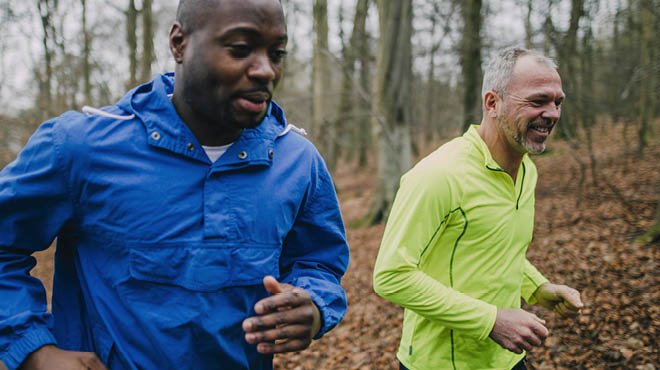
Want to become a better runner? Tips to step up your performance, prevent injuries
Whether you're new to running or have some experience under your feet, there's a desire to become even a bit better. These tips can set you on the road to becoming the runner you aspire to be.

Can taking a cold plunge after your workout be beneficial?
Immersing in frigid water may not seem like it would be good for your health. Find out why research is showing that a cold plunge can reduce inflammation and soreness, as well as give your mood a lift.
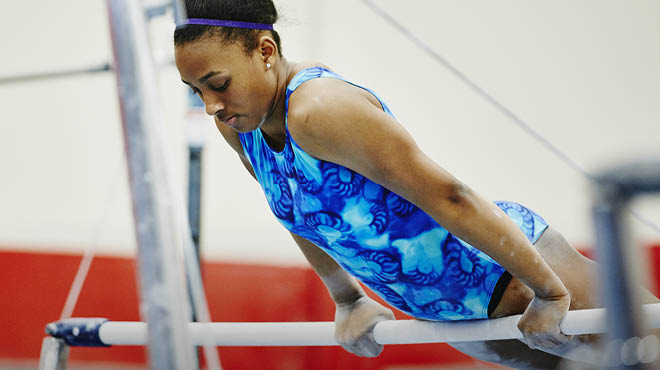
Sleep your way to better athletic performance
Sleep plays a crucial role in athletic performance. It allows your body to recover and your mind to absorb new skills. Learn about more benefits and how to build sleep into your training routine.
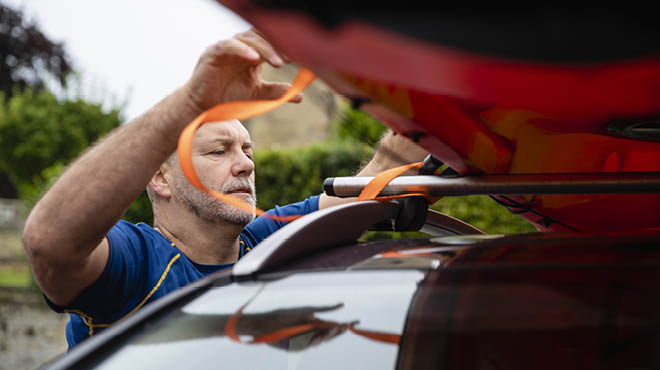
Advanced treatments target advanced shoulder issues
Whether it's a severe rotator cuff tear or arthritic shoulder joint, find out about advanced techniques that can relieve pain and get you back to the activities you enjoy.









